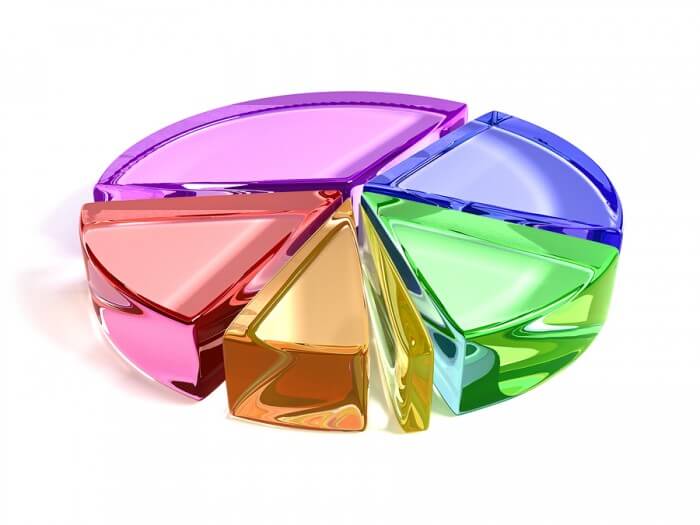 The period of adolescence often becomes the highest risk period for drug abuse and addiction. With academic, social and family pressures, physical and emotional transitions and the development of self identity, the temptation to experiment with drugs can grow strong. However, the teenage years also represent a highly dangerous period for drug addiction to evolve, as teens’ brains and bodies, though growing, are still in their formative stages. As a result, the growing epidemic of drug use among teenagers gives rise to concern — not only due to the physical and psychological damage drugs can incur, but also due to the lifetime of drug addiction teenagers may face without treatment.
The period of adolescence often becomes the highest risk period for drug abuse and addiction. With academic, social and family pressures, physical and emotional transitions and the development of self identity, the temptation to experiment with drugs can grow strong. However, the teenage years also represent a highly dangerous period for drug addiction to evolve, as teens’ brains and bodies, though growing, are still in their formative stages. As a result, the growing epidemic of drug use among teenagers gives rise to concern — not only due to the physical and psychological damage drugs can incur, but also due to the lifetime of drug addiction teenagers may face without treatment.
Statistics and Facts on Teenage Drug Use
Teenage drug use can run the gamut from designer “club drugs” like ketamine and Ecstasy to street drugs such as marijuana and cocaine. In addition, rising abuse of prescription drugs in the United States has led to cases of “academic dosing” through amphetamines abuse, as well as recreational use of dangerous prescription opiates. Here are just a few of the facts and statistics on teenage drug use across the country.
- Across the nation, 10 percent of teenagers have attended underground dance parties known as “raves,” and two out of three rave attendees surveyed stated that drugs were readily available.
- The use of the National Institute of Justice’s Arrestee and Drug Monitoring System (known as ADAM) revealed that two-thirds of boys under the age of 18 who were arrested ended up showing marijuana in their systems.
- According to the National Institute on Drug Abuse, just under 45 percent of American youth had smoked cigarettes by their senior year of high school, with 20 percent becoming regular smokers.
- Four percent of high school seniors have tried LSD in their lifetimes, according to the National Institute on Drug Abuse.
- Among teens ages 12 to 17, nearly 10 percent of teenagers surveyed said that they had used illegal drugs within the prior month, according to a report by the Substance Abuse and Mental Health Services Administration.
- Nearly seven percent of teenagers currently use marijuana and one percent use hallucinogens such as psychedelic mushrooms or LSD.
- According to the National Institute on Drug Abuse (NIDA), one in 20 high school sophomores, juniors and seniors have used Adderall recreationally, despite having no medical need for the drug.
- Marijuana was used on a daily basis by more than six percent of high school seniors, according to the National Institute on Drug Abuse’s Monitoring the Future Survey for the 2009-2010 school year. The same survey found that one in five high school seniors had used marijuana in the prior month.
- NIDA also found that the problem of “huffing” still existed among young teenagers, with inhalants abused by 3.5 percent of 8th graders, as compared to two percent of 10th graders and just over one percent of high school seniors in the last month alone. By the time teenagers reach their senior year in high school, nearly one in 11 has used inhalants.


